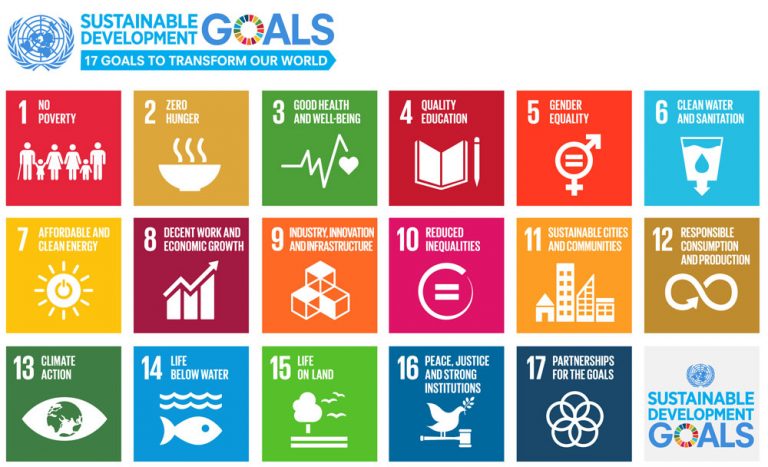Food Rescue
by Daisy Tam
published on 19 December 2018
What is Food Rescue?
Food Rescue is the collection and redistribution of surplus food. This is primarily run by not-for-profit organisations such as NGOs and charities. In Hong Kong, there are approximately 60+ organisations running food rescue programmes that regularly collect from food suppliers and distributors; retail outlets such as supermarkets and wet markets; restaurants and bakeries; as well as hotels, schools, and ad hoc events such as catered receptions or wedding banquets. Although not exclusively so, these surpluses are usually channelled through to local community organisations which in turn distribute to those in need, disadvantaged communities in society such as low-income households, the elderly poor and people experiencing homelessness.
Why Food Rescue?
Food-waste reduction has been identified as the keystone of sustainable urban development on the local and global agenda. By reusing surplus food as resource, food rescue relieves stress from landfills, reduces greenhouse gases from putrescible, saves energy and water and contribute towards food security.
According to the United Nations Sustainable Development Goals (SDG) (link), food rescue can be seen to contribute to 5 of the 17 goals.
The 2030 Agenda for Sustainable Development and the UN Decade of Action on Nutrition 2016-2025 call on all countries and stakeholders to act together to end hunger and prevent all forms of malnutrition by 2030. Read more on the Urban Poor.
- Zero Hunger (#2)
- Good Health and Well-Being (#3)
- Sustainable Cities and Communities (#11)
- Responsible Consumption and Protection (#12)
- Climate Action (#13)
Why do we need this in Hong Kong?
Despite being Asia’s gourmet capital, with one of the highest restaurant to population ratio in the world, hunger and malnutrition still exist in Hong Kong in the 21st Century.
Hong Kong’s GINI coefficient – an index that measures the wealth gap between the rich and the poor was reported to be 0.539 in 2016. This is highest record since the city started measuring income inequality less than 50 years ago.
Someone living on the poverty line would be earning $3800/month, but given the high rental costs of the city, this translates into only $30 for 3 meals a day.
What is the current situation of food rescue in Hong Kong?
Read more on Food and the City.
How do we rescue food in Hong Kong?
Of the 60+ operations rescuing surplus food in Hong Kong, 3 main operational models can be observed. These general descriptions are not mutually exclusive as organisations often work together in order to respond to situations at hand.
- District based operations
- Cross-district operations
- Ad-hoc operations
District based operations
District based operations are usually the smallest form of food rescue, often involving a small team of core staff coordinating a slightly larger group of volunteers or part-time staff. They mainly collect surplus food from markets and shops within walking distance in the neighbourhood. Push trolleys are used to transport surpluses back to the operation base where sorting and packing take place. Despite their size, it has been observed that these operations collect a steadier supply of nutritious and healthy food.
Cross District operations
Cross-district operations as the name suggests collect food from across different areas in Hong Kong. These are usually operated by slightly larger organisations, with access to logistical support that involve having a small vehicle fleet or regular access to one. They are more likely to collect larger volumes, usually packaged food from suppliers and warehouses. They are also more likely to be equipped to deal with high-risk food such as those requiring a cold chain.
Ad-hoc operations
Ad-hoc operations are mostly operated by individuals or small community organisations. They respond to individual events such as banquets or conferences to pick up the leftovers.
What’s The Trend of Food Rescue in HK?
The longer the better
In general, total donation volumes increase over time. This is largely due to the fact that food rescue operators develop better relationships with food donors as well as increase their donor base.
It is common to see individual donors reducing their volume over time as they better manage their stock however a larger donor base often more than enough make up for the difference. In the case of wet markets, increased amount of vendors would participate as they build trust with food rescue staff over time.
Fresh versus Packaged
As a rule of thumb, fresh and packaged food donation follow different patterns. Fresh food, including fruit and vegetables, soy products are usually collected from wet markets, are donated regularly in small volumes. Packaged food, including processed food, staples such as rice,
differ in that fresh food donation while is of smaller quantities, is more regular whereas packaged food often contribute to the outliers in the data set, which large one-off donations being sent to NGOs which often have difficulties digesting such large volumes.

